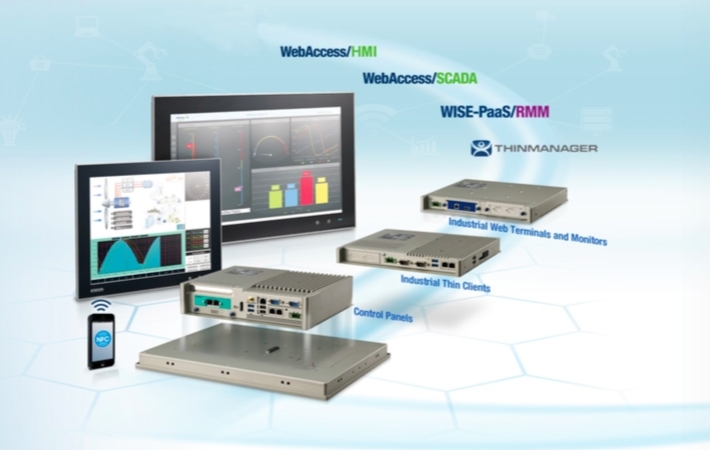
Published on 05/29/2017 | Technology
Industrial personal computers (IPCs) are widely used in automation, data acquisition and related applications due to their superior price-performance ratio, extensive data handling capabilities, numerous connectivity options and other features. They function much like a traditional PC, but with additional features and hardening specifically for tough environments. When an application requires both a box PC and a graphics display, which is usually the case, the most compact and cost-effective solution is to combine both of these components together in one housing.
But this presents a problem when either the box PC or the display needs to be repaired or upgraded. Users can deal with this issue in multiple ways, none of them wholly satisfactory. The entire unit can be removed and sent for repair, but this disables its functionality until it’s repaired, returned and reinstalled. If the display fails or is damaged beyond repair, the complete unit must be replaced in its entirety, which entails losing the investment in the box PC, and vice versa if the box PC fails or is damaged while the display remains operational.
For upgrades, a similar problem exists, and the component normally affected is the box PC. Graphic display technology doesn’t advance as quickly as box PC technology, so many users find themselves in a situation where the display is perfectly acceptable, but the box PC needs to be upgraded to add features and functionality.
New technology addresses these issues by providing the box PC as a “box module” which plugs into the display.
You can read and download the original report on Advantech here.